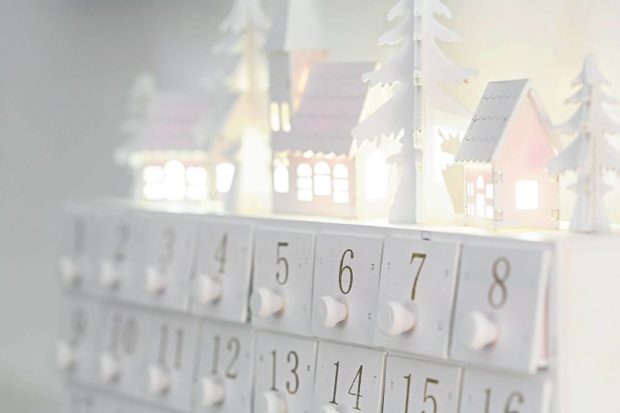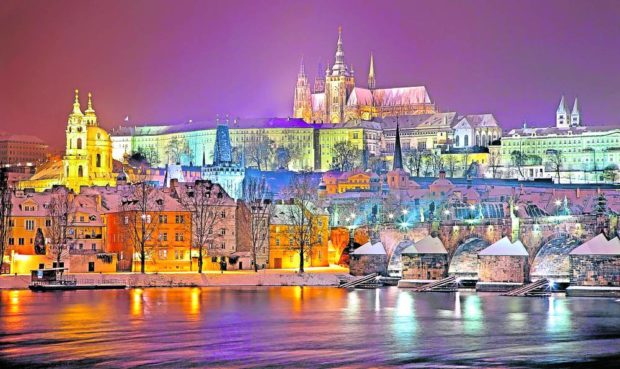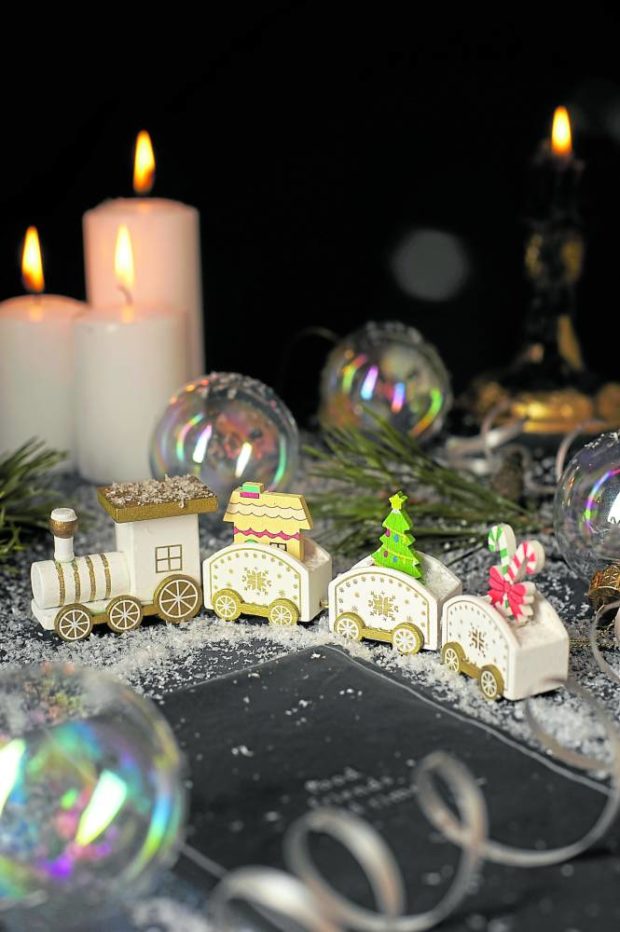Christmas villages of past and present
You’ve probably seen one before—miniature-scale villages which bedazzle with their beautiful details and glittering lights, often overflowing with snow and holiday décor.
Christmas villages, or Putz houses, are popular setups in December. Attracting both children and adults, these decorations reflect things that make Christmas so exciting. They often feature small-scale models of community buildings such as churches, train stations, supermarkets, and houses of different sizes and shapes.
It would probably surprise you to know, however, that these elements are actually inspired by Christian tradition. Also, these villages are not only limited to the Christmas season, as there are actually companies that produce villages for Easter and Halloween. Here are some more interesting facts to learn about one of our favorite Christmas traditions.
Finding origin in the Nativity
The first models featuring a Christmas setup took after the Nativity.
During the Renaissance period, Italians used to act out the night Jesus was born, complete with farm animals and village houses. Eventually, the animals were dropped off from the annual scene. The setup quickly spread to other European countries. The displays were eventually localized in each city, with the Nativity eventually being replaced by non-religious setups.
Most historians, however, agree that the modern Christmas village find their origin in Moravia, Czech Republic. The citizens in this area built elaborate villages around the Nativity scene. People would built paper or cardboard houses called Putz houses, which often feature “frozen ponds” made out of mirrors.
Originally came in cardboard
Eventually, Christmas villages came to the United States via European immigrants. F.W. Woolworth, a businessman who popularized the five-and-dime store, helped spread these decorations by procuring from German suppliers and selling them in his shops. This was in the 1800s, when many German holiday elements such as the Christmas tree were capturing the hearts of the American public.
Soon after, Woolworth began to outsource the production of Putz houses to Japanese companies. These decorations were eventually designed to cater to Christmas lights which could be inserted at the models’ backs. Christmas villages also began to include trains and tracks, which were considered prized family possessions during the early 20th century.
Transformed to ceramic and porcelain
The popularity of Christmas villages dwindled a bit in the post-World War II era as German and Japanese goods were mostly rejected by Allied nations. They were also replaced by television sets in the 1960s as people began to find new ways to entertain themselves.
Thankfully, Christmas villages regained prominence during the 1970s and 1980s when they were eventually sold in ceramic and porcelain versions. These materials, more durable in structure, meant that the decorations could withstand years of use and could eventually be passed on as heirlooms.
Real life Christmas villages
Today, the tradition of Christmas villages remain beloved in many parts of the world. Europe and America, in particular, have several towns which can be considered actual embodiments of Christmas all year-round.
One example can be found in Prague, Czech Republic. A city known for its Gothic architecture and folk traditions, the city transforms into a beautiful scene of lights and festivities during Christmas. Wooden huts are decorated with holiday food fare and the Old Town Square even features the traditional nativity scene enhanced by lights and sounds.

The house of Dr. Rico Absin in Dumaguete is one of the most hyped attractions in the city during Christmas.
Vienna is another European city that experiences flocks of tourists during Christmas time. The city becomes a winter wonderland with numerous markets operating during holidays. These temporary shops sell everything from chocolate-covered fruits, pretzels, to steaming mugs of drinks such as Weihnachtspunsch or Christmas punch.
In the Philippines, we have some versions of Christmas villages that are also worth visiting during the holidays. Policarpio Street in Mandaluyong, for example, has become an annual spectacle with many of its residents lavishly decorating their house facades with Christmas scenes. Lights, Nativity setups and giant Christmas trees adorn front yards and frontages. In Dumaguete, the house of Dr. Rico Absin is also frequently buzzed about during the holidays, as its decorations portray various Christmas decorations worthy of a visit.
Overall, Christmas villages would probably be around for a while. They represent a look into both our past traditions and our future ambitions as they portray architectural themes and styles of the times. You can visit real-life Christmas villages around the world for a memorable experience, but if you’re stuck at home, you can still have the magical experience. Christmas villages provide a sweet escape for many of us at home during the Christmas season, one glittering house at a time.
Sources: Bhg.com, Guidetothephilippines.ph, Visitingvienna.com, Familychristmasonline.com, Natalia Goryaeva, Julius Silver, Torsten Dettlaff via Pexels.com, Dumaguetecity.gov.ph



